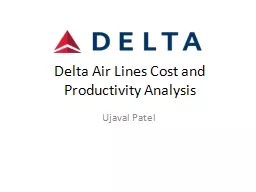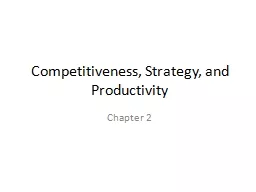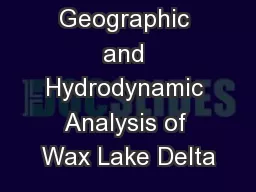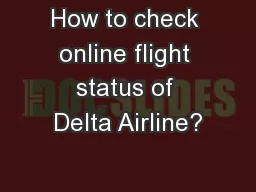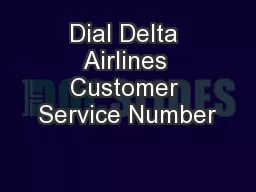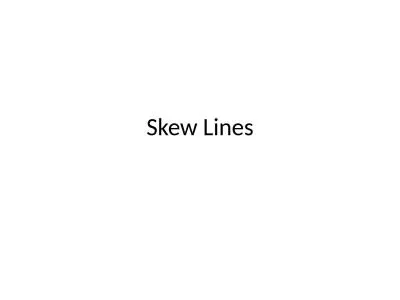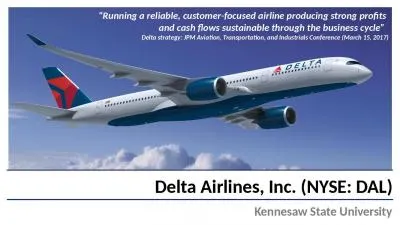PPT-Delta Air Lines Cost and Productivity Analysis
Author : danika-pritchard | Published Date : 2018-11-22
Ujaval Patel Airline Information Delta is considered a legacy carrier It has A heterogeneous fleet mix Fleet hubs Dom ATL DTW MSP LGA SLC JFK CVG MEM Int CDG
Presentation Embed Code
Download Presentation
Download Presentation The PPT/PDF document "Delta Air Lines Cost and Productivity An..." is the property of its rightful owner. Permission is granted to download and print the materials on this website for personal, non-commercial use only, and to display it on your personal computer provided you do not modify the materials and that you retain all copyright notices contained in the materials. By downloading content from our website, you accept the terms of this agreement.
Delta Air Lines Cost and Productivity Analysis: Transcript
Download Rules Of Document
"Delta Air Lines Cost and Productivity Analysis"The content belongs to its owner. You may download and print it for personal use, without modification, and keep all copyright notices. By downloading, you agree to these terms.
Related Documents

